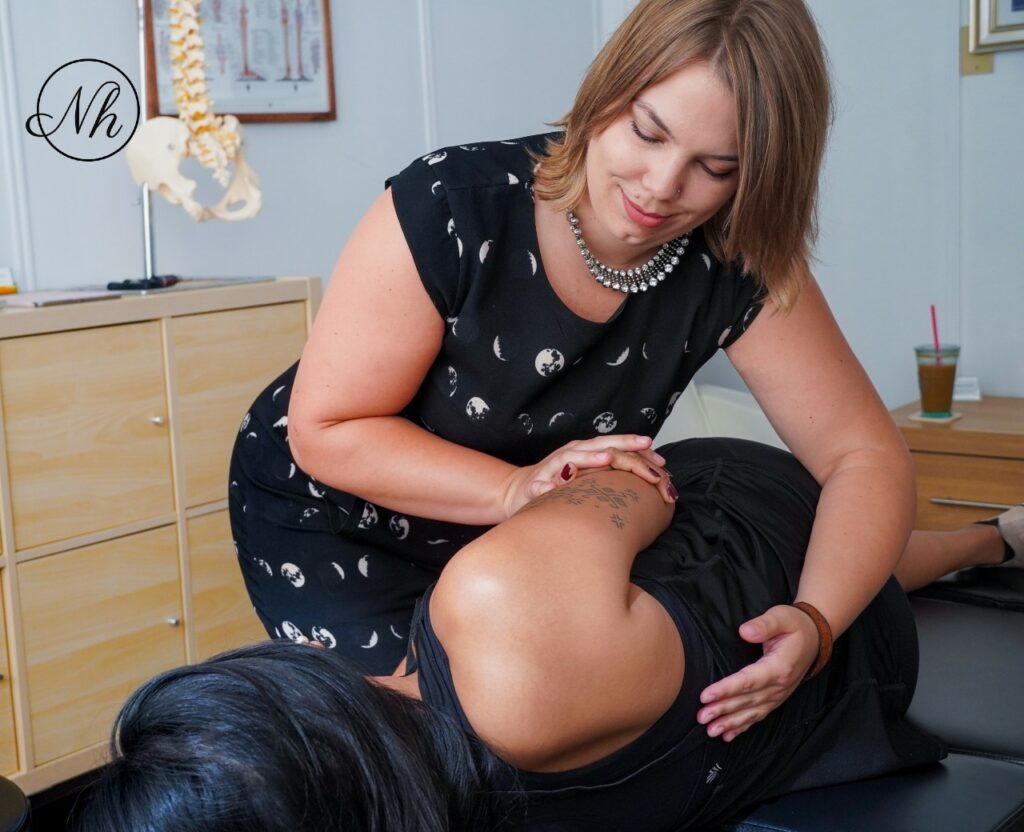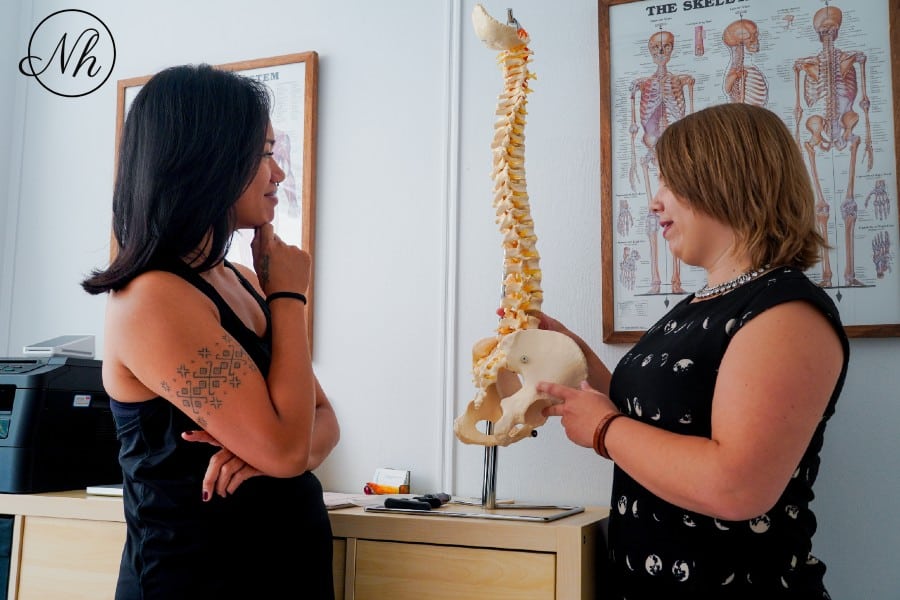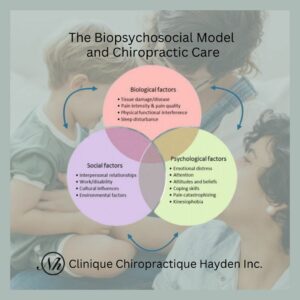
The chiropractic approach to health care has a history that is grounded in key aspects of the Biopsychosocial Model of Pain for spine health and pain management when assessing an individual’s health and well-being.
Pain and the extent of pain, as in chronic pain, can have a negative impact on how we function both personally and socially. It can cause frustration and lack of focus, which can lead to mental exhaustion, depression, and sleep disorders. Early intervention and prevention measures that include both biological and psychosocial elements are vital for recovery.
Three Key Factors of the Biopsychosocial (BPS) Model
Biological Factors
The Biological component in the BPS Model encompasses the physiological aspects of health, including genetics, neurobiology, and physical health conditions. These factors influence how a person responds to illness and stress, as well as their overall health outcomes.
Social Factors
Broader environmental influences that affect an individual’s health, such as socioeconomic status, cultural background, family relationships, and social support systems are the aspects that make up the Social branch of the BPS Model. These elements can impact access to healthcare, lifestyle choices, and the stressors a person faces.
Psychological Factors
The psychological factor involves the mental processes and emotional states that influence health, including cognition, beliefs, coping skills, and emotional responses. Psychological well-being is essential, as mental health can affect physical health and determine chronic stress or the client having effective coping skills to encourage optimum health and recovery.
Understanding the hows and whys of your pain is essential in receiving the best treatment.
Is it Just Physical or Does it Go Deeper?
George Engel first formulated the Biopsychosocial Pain Model in 1977, which suggested that understanding an individual’s medical condition is a consideration of the biological, psychological and social factors.
The Biopsychosocial Approach to Chronic Pain describes pain as a complex interaction among physiological, psychological, and social factors that interchange with one another, resulting in chronic ailments.
The Biopsychosocial Model’s Strength is Flexibility
This model reviews the ‘whole person,’ considering the mind and body as interconnected. The emphasis is on illness and how you live with or respond to symptoms of a disease.
The Biopsychosocial Model of Pain, and the treatment of chronic pain, must be multifaceted. The primary treatment goal is to relieve physical pain, increase movement, and improve overall functionality; however, this model also accounts for potential barriers to recovery.
Coping Strategies may include developing positive thinking by re-directing negative thoughts toward positive affirmations, and utilizing active relaxation exercises and stretching.
Interdisciplinary care may include primary care, physical therapy, occupational therapy, psychiatric care and case management. Treatment should be tailored to the individual based on their physical, psychological, and social needs. Early intervention and prevention measures
Often, the last symptom we experience when our body is not working is pain. For a prolonged, active, healthy lifestyle, it is essential to keep joints functioning optimally.
How the BPS Model Enhances Chiropractic Care
Much like regular eye and dental exams, chiropractic care can assess the joints of the body and restore or improve motion before it becomes painful and limits your daily activities.
If you experience neck pain, chiropractic treatment may include spinal adjustments, joint mobilization, muscle release techniques, muscle stimulation, therapeutic exercises, and lifestyle changes. Neck pain can make exercise more challenging but keeping active when possible is typically good for the neck.

Low-Force Chiropractic Care
Low-force techniques are particularly appropriate for patients who have recently experienced trauma and for patients who are especially sensitive, nervous, or excited, such as young children and those who are new to chiropractic.
At Clinique Chiropractic Hayden Inc., Dr. Natasha diagnoses and treats patients with varying ailments such as back and neck pain, headaches, extremity problems, and sports injuries, among others, with hands-on chiropractic adjustments, rehabilitation exercises, nutritional counselling and movement-based therapies as appropriate. As a holistic chiropractic care model incorporating the BPS Model, Dr. Natasha forms a health treatment plan individually tailored to achieve your health and wellness goals.

